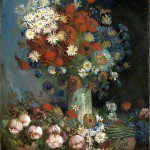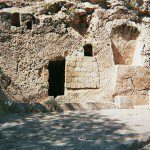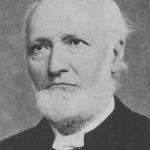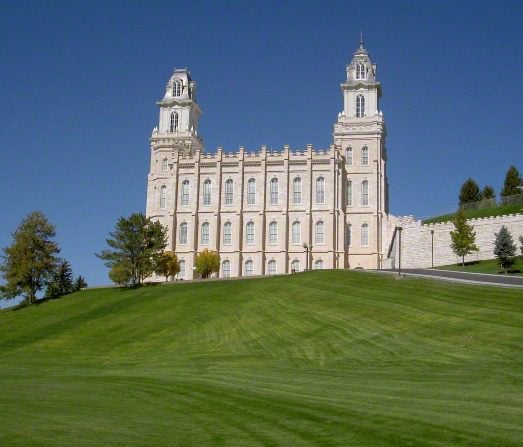
With friends, my wife and I attended the open house this morning of the renovated Manti Utah Temple, which was built and first dedicated nearly a century and half ago. (We were intending to go yesterday, but life intervened.) For many reasons, the temple in Manti has long been one of my very favorite temples. (Among other things, I love its location overlooking the valley in which it sits, and I love the cream-colored oolitic limestone of which it is constructed — stone that, by the way, was quarried out of the very hill where the temple stands.)
I even thought, passingly, of suggesting it to my then-fiancée as the place for our wedding. But it was located at a considerable distance from just about all of our family, and there was no particular connection to it on either her side of the family or mine (which is half non-LDS in any event). And, happily, the temple in which we were ultimately married is also one of my favorites.
According to Warren S. Snow, when Brigham Young dedicated the spot for the temple on 25 April 1877, only about four months before he died, he took Snow to the southeast corner of the temple site and told him,
Here is the spot where the Prophet Moroni stood and dedicated this piece of land for a Temple site, and that is the reason why the location is made here, and we can’t move it from this spot. (See “The Manti Temple.”)
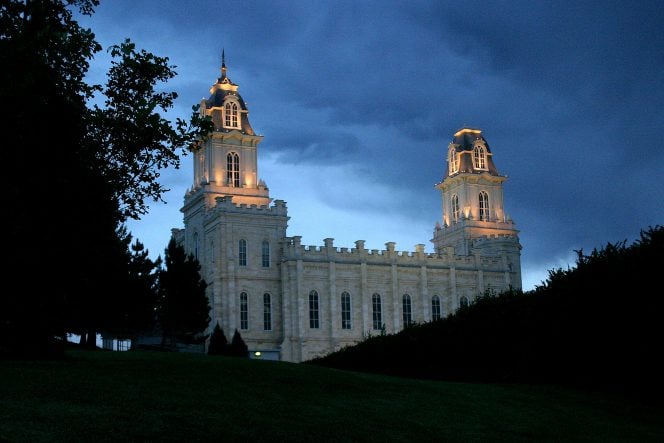
I was pleased to see that the late-nineteenth-century features of the temple have been very well preserved, along with such treasures as Minerva Teichert’s magnificent mural paintings in the temple’s World Room.
A couple of my most memorable experiences took place within or near the Manti Utah Temple. And I’ve always been fond of this passage from an address given at the close of the October 1972 general conference by President Harold B. Lee:
I was at Manti, Utah, some years ago. As we came out of the Saturday night leadership meeting, there was a heavy snowstorm. As we drove to the home of the stake president, he stopped his car and turned back to the temple hill. There the lighted temple was standing majestically. We sat there in silence for a few moments, inspired by the sight of that beautiful, sacred place. He said, “You know, Brother Lee, that temple is never more beautiful than in times of a dense fog or in times of a heavy, severe storm.”
Just so, never is the gospel of Jesus Christ more beautiful than in times of intense need, or in times of a severe storm within us as individuals, or in times of confusion and turmoil. (See “A Blessing for the Saints.”)
While I’m at it, let me offer a practical observation for those who might want to attend the open house in Manti. We went without tickets, and we had no problem in walking right in. But we arrived at the door of the temple by about 10 AM. (I didn’t check to be sure, but it can’t have been far from that time.) However, when we emerged from the temple after going through it on the silent and unguided tour, there was a considerable line waiting to get in. I expect that it moved along pretty well but, if it’s feasible for you, I would suggest arriving earlier in the day rather than later.

These new items went up today on the website of the nearly moribund Interpreter Foundation:
“A New Look for the Foundation,” written by Allen Wyatt
In this entry for the blog of the Interpreter Foundation, Allen Wyatt, who serves (extraordinarily well) as the Foundation’s vice president for operations, explains the opening steps in a series of changes that will alter the appearance of Interpreter’s publications and, eventually, the organization of its website.
If you examine the new logo design, you might perhaps see something like the rays of the sun. You might also see an open book. And you might even recognize an allusion to the emblem for the Church of Jesus Christ of Latter-day Saints that was announced in April 2020. Here is what the Church itself had to say about that new symbol:
“This new emblem emphasizes the name of Jesus Christ and His central role in all the Church does. The name of the Church is contained within a rectangular shape that represents a cornerstone. This idea has biblical roots. The Apostle Paul, employing a construction metaphor in a letter to the first century Saints in Ephesus, wrote that the Church is built upon the foundation of apostles and prophets—Jesus Christ Himself being the chief cornerstone. The center of the symbol is a representation of Thorvaldsen’s marble statue, the Christus. Jesus stands under an arch as a reminder of His emergence from the tomb three days after His death.” (See “The Church’s New Symbol Emphasizes the Centrality of the Savior.” Emphasis mine.)
“King Benjamin’s Sermon as a Type of Temple Endowment,” written by Andrew Miller
Abstract: To more permanently unify the Mulekites and the Nephites as a reunited kingdom of Israel, King Benjamin gathered his people at the temple, and in his role as a king and priest after the order of Melchizedek, imparted teachings that bear resemblance to the Latter-day Saint temple endowment ceremony first introduced in Nauvoo. Several of these similarities are explored in depth. Since the book of Mosiah is one of the earliest extant texts of Joseph Smith’s prophetic ministry, this finding adds to a growing body of literature that suggests that temple themes are apparent in the unfolding Restoration earlier than has been commonly recognized. King Benjamin’s sermon also provides a model for how the latter-day covenant people of the Lord can establish a modern “kingdom of priests” in preparation for the second coming of Jesus Christ.
“Interpreting Interpreter: The Endowment of Benjamin,” written by Kyler Rasmussen
This post is a summary of the article “King Benjamin’s Sermon as a Type of Temple Endowment” by Andrew I. Miller in Volume 61 of Interpreter: A Journal of Latter-day Saint Faith and Scholarship. All of the Interpreting Interpreter articles may be seen at https://interpreterfoundation.org/category/summaries/. An introduction to the Interpreting Interpreterseries is available at https://interpreterfoundation.org/interpreting-interpreter-on-abstracting-thought/.
The Takeaway: Miller argues that King Benjamin’s sermon contains many of the elements present in the modern temple endowment, with the exception of covenants associated with the Melchizedek Priesthood, potentially making the sermon a form of Aaronic Priesthood endowment.
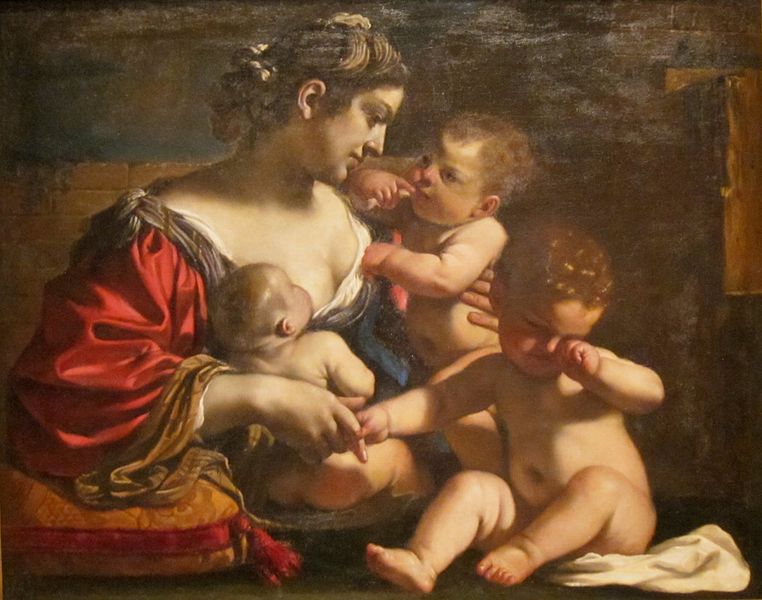
Finally, though, let us neither forget nor neglect the Christopher Hitchens Memorial “How Religion Poisons Everything” File™, which continues to serve faithfully as an invaluable chronicle of the evils wrought by religion and by religious people. Here’s a new item that might serve to give you yet another deliciously pleasurable chill of horror: “The Church of Jesus Christ Contributes US$7.35 Million to the American Red Cross: Incoming CEO Cliff Holtz accepts the donation and signs a new memorandum of understanding.”


